The asteroid that killed off the dinosaurs 66 million years ago may get more press coverage but when it comes to the biggest extinction event of all time the Permian extinction of 252 million yeas ago has no rival. More than 70% of all land species and 95% of all marine species disappeared within the space of just a few thousand years. And even those species that lived through the extinction must have suffered an unimaginable loss of individuals, leaving the entire Earth an almost lifeless, barren planet.
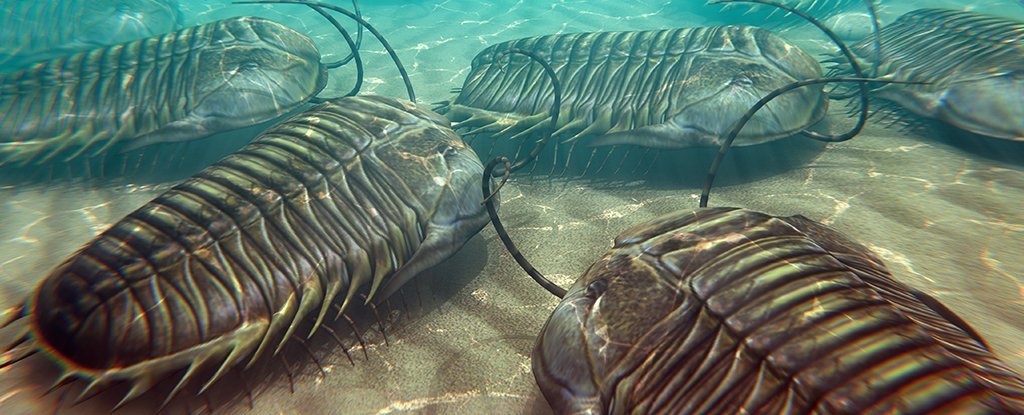
Unlike the Cretaceous extinction, which most paleontologists now agree was caused by an asteroid or comet striking our planet; the exact cause of the Permian extinction has been more controversial. The majority opinion is that it was triggered by a massive volcanic outbreak in the region of Russia known as the Siberian Traps. It is thought that the massive amounts of carbon dioxide, sulfur dioxide and other pollutants released by the volcanoes caused tremendous changes in the climate leading to the massive dying. Sound familiar!
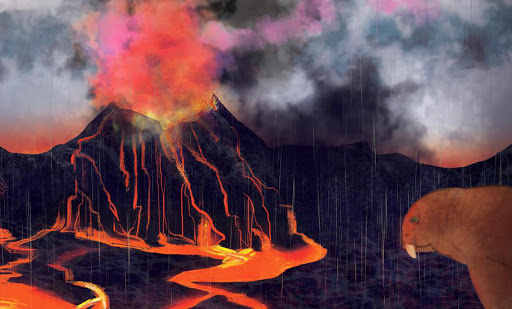
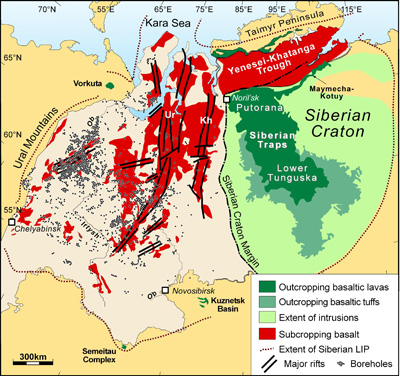
Now a new study by scientists with the European Union funded BASE-LiNE Earth project have been able to outline a blow-by-blow description of the sequence of events that took place 252 million years ago. According to their website the BASE-LiNE Earth project is “… an international training, research and career development network for highly motivated young scientists…” The goal of BASE-LiNE Earth is to “…extend the knowledge on the complex and long-term Phanerozoic seawater history…” In other words the BASE-LiNE Earth scientists hope to use the latest scientific tools to learn more about the conditions in Earth’s oceans throughout the past half billion or more years.

One of the sources of information that the BASE-LiNE Earth researchers hope to use is the fossilized shells of the marine invertebrates known as brachiopods. These small bivalved creatures are among the earliest animals to develop hard parts and since their shells were produced using the substances in the oceans at the time they lived those fossilized shells still carry the chemical traces of the composition of those ancient waters. By the way, although brachiopods superficially resemble clams in possessing two shells the animal inside those shells was very different, coming from an entirely different phylum.
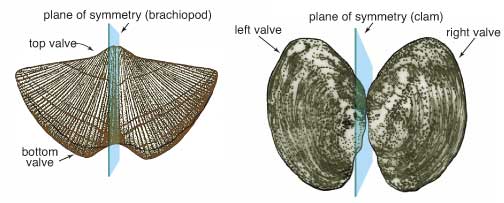
Back in the period of Earth’s history before the Permian extinction brachiopods greatly outnumbered clams, dominating the ecosystem of every ocean in the world making them the most common type of fossil from that early period of life. Therefore using brachiopod shells as time capsules of conditions from right before and during the Permian extinction makes perfect sense.
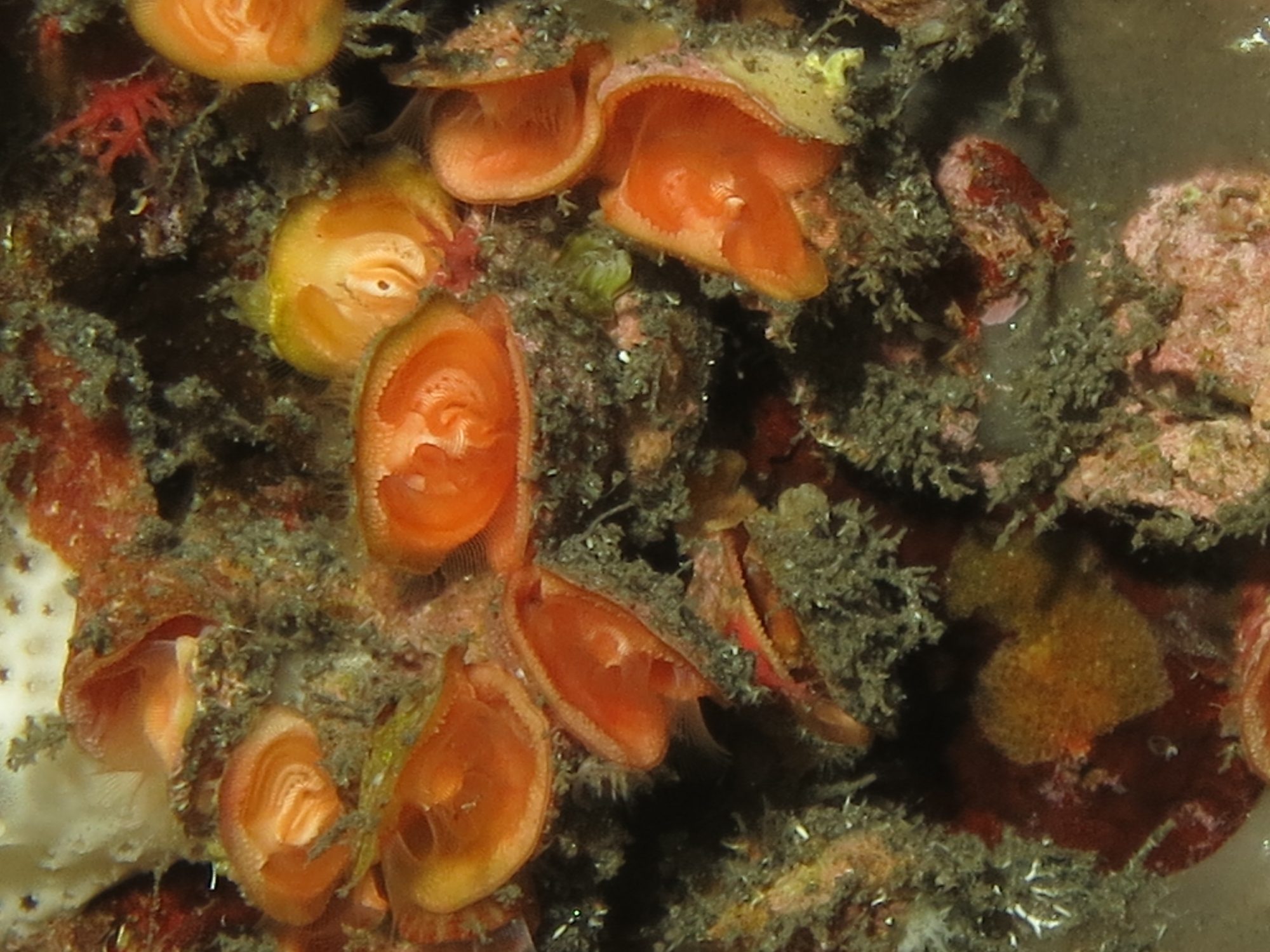
Using well-preserved shells of brachiopods collected from the mountains in the Southern Alps BASE-LiNE team leader Dr. Hana Jurikova was able to determine the pH of the oceans during the course of the Permian extinction. pH of course is a measure of acidity which is directly tied to the amount of carbon-dioxide dissolve in water. Now ocean acidification by itself is deadly to many marine organisms like brachiopods because it reacts with the calcium in their shells weakening and dissolving them. Harming if not actually killing the animal inside. And as we are all aware today the amount of carbon dioxide is also directly linked to the global temperature. So the fossilized shell of an ancient brachiopod can tell us a lot about the world’s temperature 252 million years ago.
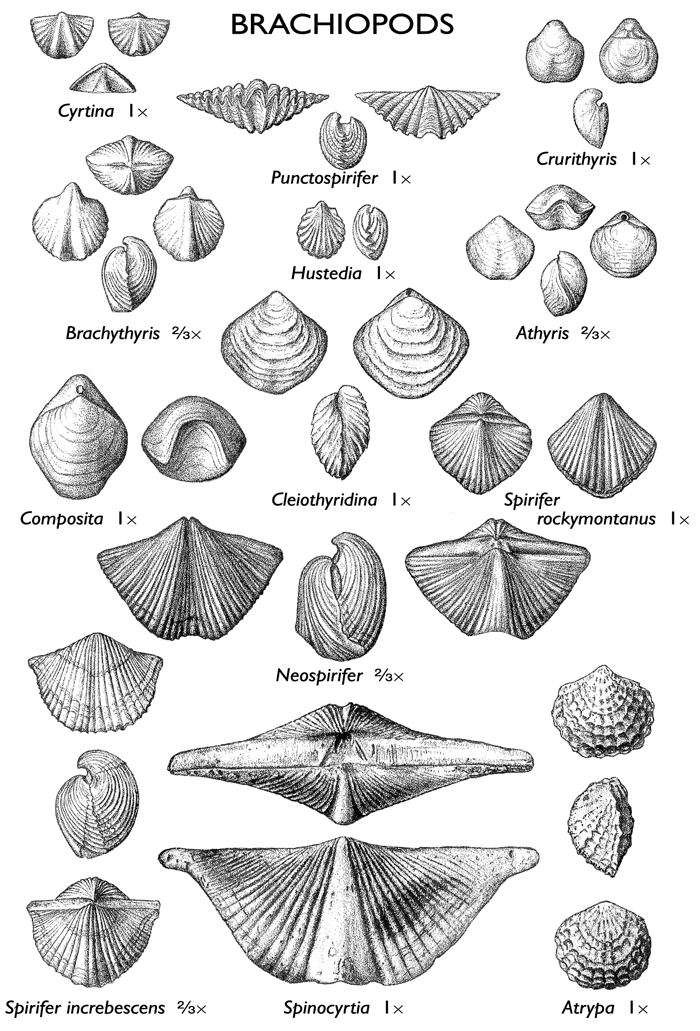
So the question becomes, did the massive volcanic eruptions of the Siberian Traps release enough carbon dioxide to cause the Permian extinction by itself or were there other factors involved as well? On the basis of their analysis of fossilized brachiopods the BASE-LiNE Earth study team concluded that amount of carbon dioxide in Earth’s oceans and atmosphere was more than sufficient to caused the great dying. If this result holds up it will mean that the smoking gun for the greatest killing in the history of Earth has at last been found.
And if the greatest mass extinction of life on Earth was due to nothing more than carbon dioxide being released into the atmosphere what lesson does that hold of us today. It is true that the fossil fuels we burn for energy aren’t releasing as much carbon dioxide as the Siberian Traps did but hey, we’ve only been at it a 150 years or so. The Permian extinction was just a random act of nature but the extinction event we are causing now will be the work of our own selfishness and stupidity.

But some life did survive the Permian extinction and as the environmental conditions slowly returned to normal those survivors found themselves in an almost empty world, but a world of opportunity. In many ways the whole world was like the newly formed Galapagos islands where only a few creatures were able to colonize and diversify and evolve into many new kinds of animals, like dinosaurs, birds and mammals.
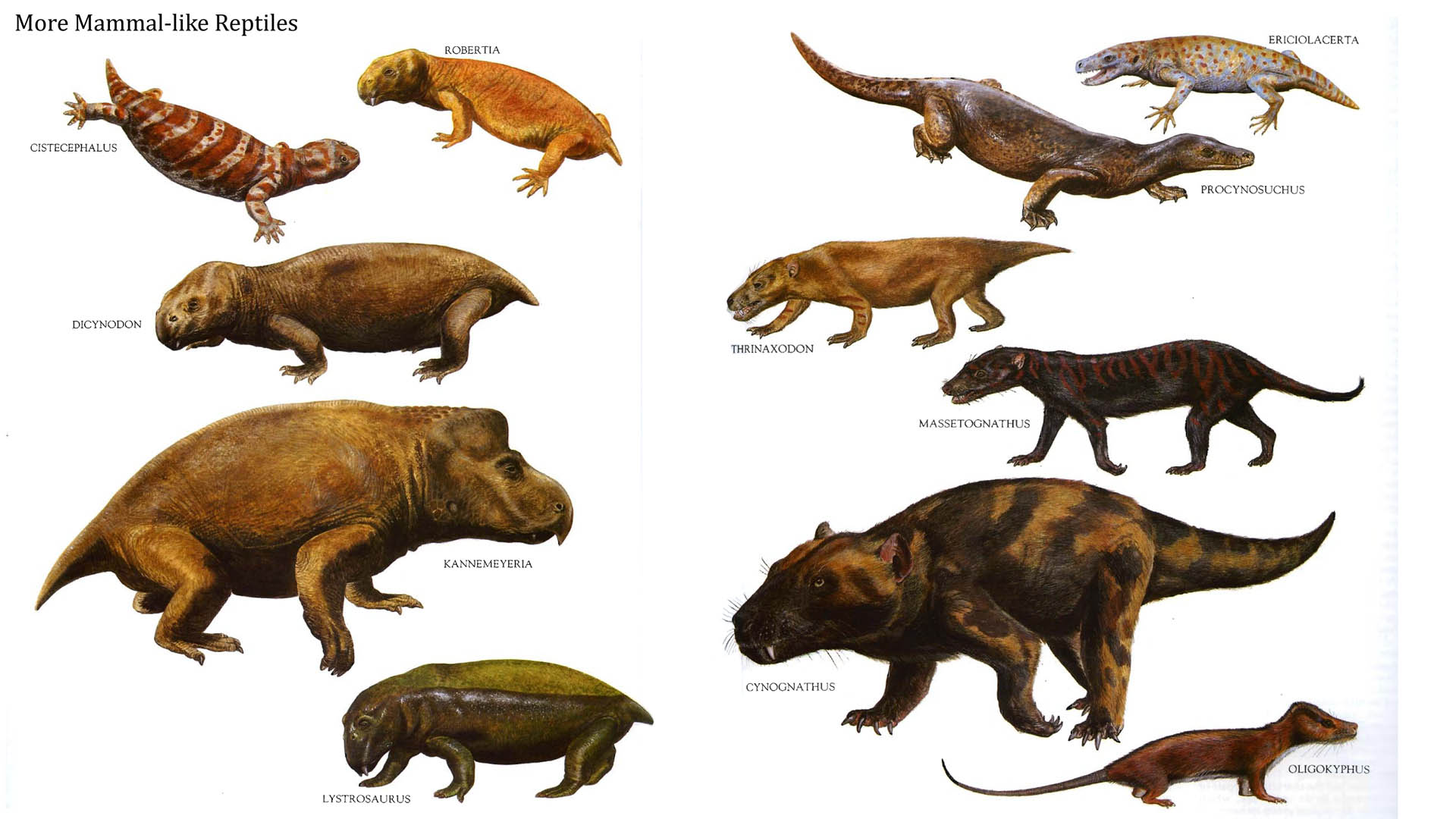
In fact a new study by Professor Mike Benton and Masters Student Tai Kubo at the University of Bristol in the UK now asserts that it in the period immediately after the Permian extinction that warm-blooded animals first evolved and spread. Professor Benton and Mr. Kubo base their conclusion on an analysis of hundreds of fossilized trackways of four legged vertebrates, reptiles both immediately before and after the Permian event.
What the footprints revealed is a major change in the gait of creatures as they walked. Before the Permian the trackways they found had the left and right feet spread far apart, a gait typical of an animal with a sprawled posture where the legs come out from the side of the body. Such an anatomy is typical of a slow moving cold-blooded animal such as an alligator or lizard. See image below.
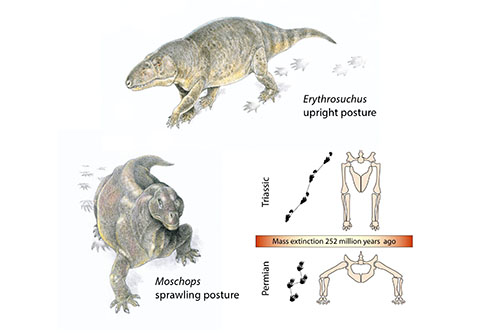
Immediately after the Permian extinction however a new kind of trackway appeared, one where the right and left footprints were much closer together, almost in a line. Such a gait indicates that the animal’s legs come straight down from the body, an anatomy more similar to that of a modern dog or horse, the anatomy of fast moving, warm-blooded animals.
Benton and Kubo recognized that this change occurred in two major groups of reptiles, the synapsids and archosaurs, the ancestors of mammals and dinosaurs/birds respectively. While there had been some evidence of the presence of hair in the synapsids from this time period the work of Benton and Kubo represents the earliest evidence for warm blood in the archosaurs.
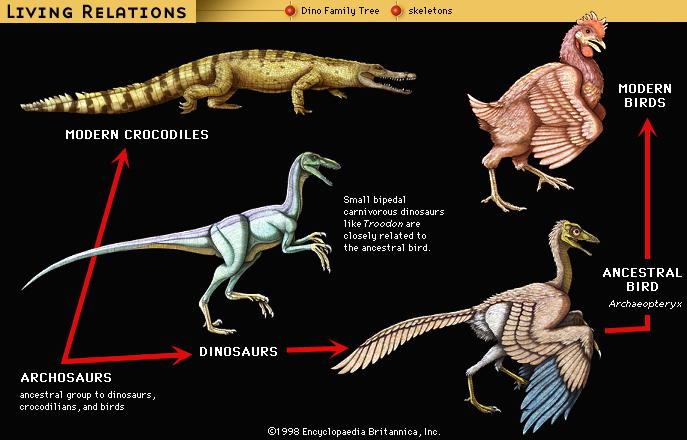
Of course Professor Benton and Mr. Kubo are assuming that an upright posture is a definitive sign of an animal’s being warm blooded, which may be going a bit too far. While in modern animals the two characteristics may be intimately linked was that true 250 million years ago?
Still the study carried out by the paleontologists is further evidence that mass extinctions, however terrible to the creatures that experience them, can also open up new opportunities for evolution to make great leaps forward. A reminder that, without those mass dyings, we ourselves would not be here.
